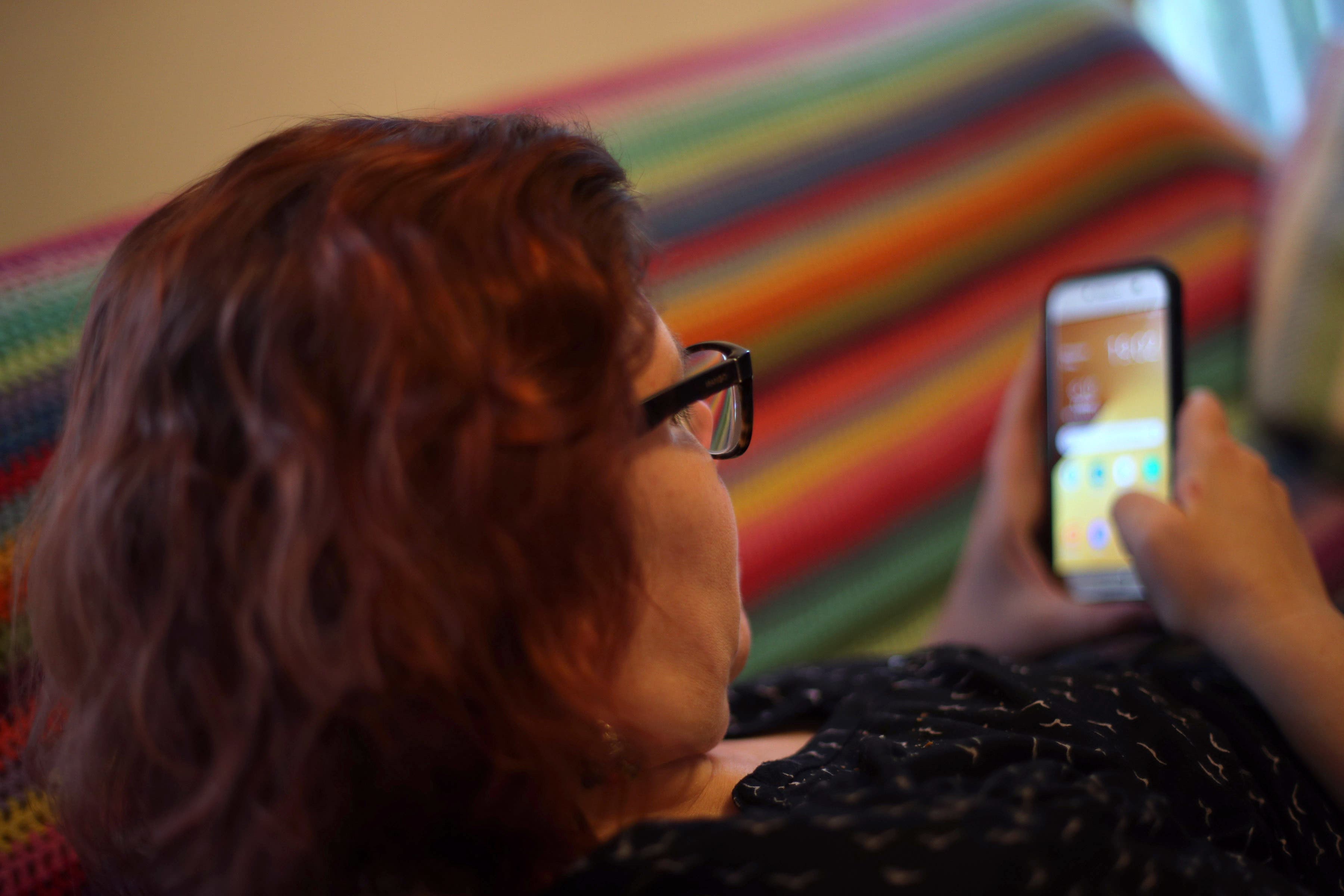Study uncovers why the brain can quickly process short messages on screens
The research indicates that the brain’s processing capacity for language may be much faster than previously thought.

Scrolling through our phones we are faced with short sharp bursts of text, and now researchers have uncovered why the brain is able to quickly process short messages.
According to the findings, the brain detects basic sentence structure nearly as quickly as it recognises an image.
The brain identifies the basic linguistic structure of a brief sentence extremely quickly – in roughly 150 milliseconds, or about the speed of a blink of an eye – when it is flashed on screen, the study found.
Our experiments reveal that the brain’s language comprehension system may be able to perceive language similarly to visual scenes
The research indicates that the brain’s processing capacity for language may be much faster than previously thought.
Digital media will see people receiving rapid messages – such as phone notifications and text written over videos – at quite some speed.
In the new study, researchers looked at whether the brain is able to process these texts as quickly as it can determine the makeup of the images that go hand-in-hand with using screens.
The team of New York University (NYU), USA, linguistics and psychology researchers found that it can.
Liina Pylkkanen, a professor in NYU’s department of linguistics and department of psychology, who led the research, said: “Our experiments reveal that the brain’s language comprehension system may be able to perceive language similarly to visual scenes, whose essence can be grasped quickly from a single glance.
“This means the human brain’s processing capacity for language may be much faster than what we might think – in the amount of time it takes to hear one syllable, the brain can actually detect the structure of a short sentence.”
The researchers conducted a series of experiments, measuring brain activity while people read word lists that were either grammatical sentences, or just lists of nouns, on screen.
They found that the part of the brain responsible for language comprehension starts distinguishing simple three-word sentences from unstructured word lists as quickly as 130 milliseconds after seeing them.
Prof Pylkkanen said: “This speed suggests that at-a-glance sentence comprehension may resemble the rapid perception of a visual scene rather than the slower, step-by-step process we associate with spoken language.
“In the amount of time that it takes one to hear one syllable, the brain can actually detect the structure of a three-word sentence.”
The findings are published in the Science Advances journal.
Bookmark popover
Removed from bookmarks